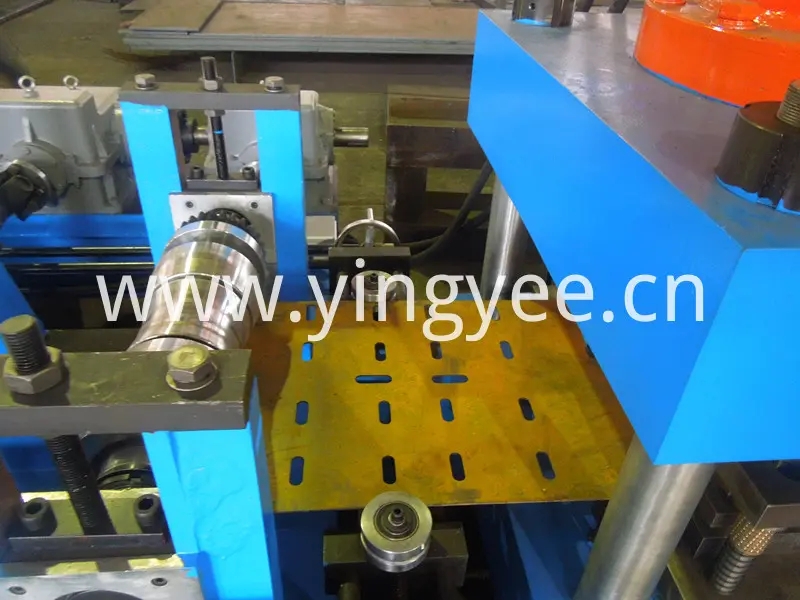
Understanding Metal Sound Barrier Cold Bending Machines
In contemporary construction and acoustical engineering, the quest for effective noise control has led to the development of various solutions, among which metal sound barriers are paramount. These barriers serve an essential function in reducing noise pollution alongside busy highways, railways, and industrial sites. To build these sound barriers, particularly those made from metal, specialized equipment is required - one notable example being the metal sound barrier cold bending machine.
The Need for Sound Barriers
Urbanization and industrialization have significantly increased noise levels, posing a challenge to public health and quality of life. The use of sound barriers has emerged as a practical solution to this issue. These structures are designed to reflect, absorb, or deflect sound waves, effectively reducing the sound levels that reach residential and sensitive areas. Metal sound barriers, known for their durability and aesthetic appeal, are often preferred as they withstand the elements much better than wooden or vinyl alternatives.
What is a Cold Bending Machine?
A cold bending machine is specifically designed to shape metal into various forms without the application of heat. The term cold bending refers to the process of deforming the metal at room temperature, which preserves the strength and integrity of the material. This technique is critical in the manufacturing of metal sound barriers due to several advantages.
1. Material Integrity Cold bending minimizes the risk of warping or weakening the metal. This retains the acoustic properties essential for effective sound attenuation.
2. Precision and Customization Cold bending machines allow for precise shaping of metal elements, enabling manufacturers to create customized components that fit specific design requirements.
3. Cost-Effectiveness Compared to processes that require heating, cold bending often requires less energy, which can lead to lower production costs.
Components of Metal Sound Barriers
A typical metal sound barrier consists of several components posts, panels, and fixing elements. The cold bending machine plays a crucial role in fabricating these parts.
- Posts These are the vertical supports that hold the entire structure
. Using a cold bending machine, manufacturers can create posts that are both sturdy and aesthetically pleasing.
- Panels The main feature of a sound barrier, panels are often created using metal sheets bent into the desired shape. Cold bending allows for various designs, including curved and angled panels that can effectively obstruct sound paths.
- Fixing Elements These elements include brackets and fasteners, which hold everything together. Precision engineering via cold bending ensures that these components fit seamlessly, reinforcing the structure's durability.
The Manufacturing Process
The manufacturing process for metal sound barriers utilizing cold bending machines begins with material selection. Commonly used metals include steel and aluminum due to their strength and weather resistance. Once the material is selected, the process generally follows these steps
1. Design and Planning Engineers design the sound barrier based on environmental assessments and local regulations.
2. Material Preparation Sheets of metal are cut to size and prepared for bending.
3. Cold Bending The prepared sheets are fed into the cold bending machine, which shapes them according to the design specifications.
4. Assembly After the components are bent and shaped, they are assembled into a complete sound barrier, with all necessary brackets and fasteners applied.
5. Finishing Finally, the external finish is applied, which may include paint or coatings to enhance durability and aesthetics.
Conclusion
Metal sound barrier cold bending machines represent a significant advancement in the field of noise control solutions. With their ability to produce high-quality, durable materials efficiently, these machines are pivotal in constructing effective sound barriers that contribute to quieter urban and industrial environments. As cities continue to grow and noise pollution remains a pressing concern, innovations in manufacturing techniques will play an essential role in enhancing the quality of life for residents worldwide.